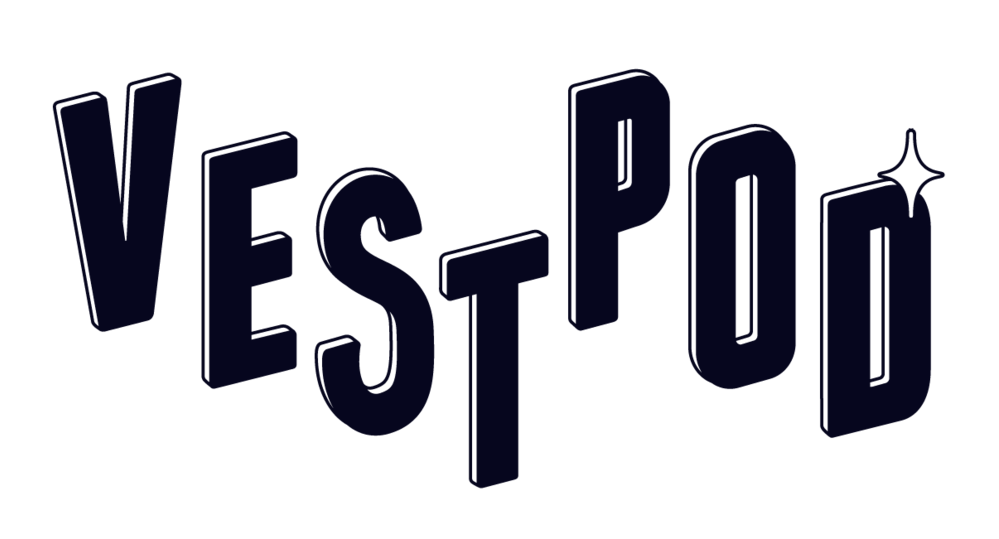Our jargon buster for a better understanding of pensions
We have created this mini pension jargon buster in plain English to help you navigate the world of pensions. These are commonly used terms you will certainly come across when setting up your pension or reviewing what you have in place.
Always check the website of the Pension Advisory Service and Pension Wise for more information and any changes in legislation!
To start with, what is a pension fund? This a pool of money accumulated from contributions from employers, employees, or both, that is invested in a range of assets (cash, shares, bonds, etc.) and that has some tax benefits.
Ready?
Annual allowance: The maximum savings you can pay into a pension - in a year - that QUALIFIES for Tax relief. Paying more than this will trigger some taxation. In the tax year 2016-17, the Annual allowance is £40,000. Important to note that if your taxable earnings in the year are below the Annual Allowance (£40,000) then tax relief on pension contributions is the maximum of 100% of your earnings or to £3,600 if you have no earnings.
Annuity: A type of retirement product that will provide a regular income for the rest of your retirement/ life.
Automatic enrolment: This is the obligation for employers to automatically enrol their eligible workers into a pension scheme.
Contributions: What you or your employer are actually putting into your pension. Additional voluntary contribution (AVC) and free-standing additional voluntary contribution (FSAVC) schemes: these allow members of workplace pension schemes to pay extra contributions to build up additional benefits.
Defined benefit (DB) pension: This is a pension that will pay you a salary when you retire, based on your level of salary and the number of years you worked for this employer. It is generating investment returns when invested.
Defined contribution pension: This is a pension pot that is built up using your contributions and your employer's contributions (if applicable) plus investment returns and tax relief.
Income drawdown: This is now called Flexi-access drawdown (since April 2015), it is the fact of taking income from your pension and get a regular income at retirement. Your pension should be invested in funds that are designed and managed for this purpose.
SIPPs (Self-Invested Personal Pensions): these are a type of personal pension. They are an individual contract between you and the pension provider. They let you invest anywhere you like and choose your own investments.
Stakeholder pension: This is another type of personal pension, based on a defined contribution pension scheme. They are a flexible way to build up retirement income benefits, while benefiting from tax advantages, whether you’re employed, self-employed or not working.
State Pension: When you reach State pension age (60 currently, but increasing and expected to rise to 67 by 2028), the government will pay you a regular payment (important to check if you qualify - the amount will depend on you National Insurance credits and record).
Tax-free lump sum: When you reach retirement, you are allowed to take an amount of cash free of tax (cash lump sum). you will normally have the option to take up to 25% of the value of your pension pot.
Tapered annual allowance: You need to read this if you are earning over £150,000 (this came into force in April 2016). For every £2 of income above £150,000 per annum, £1 of annual allowance will be lost, up to a maximum reduction of £30,000. For example, if you earn £210,000, your Annual allowance is reduced to £10,000.

